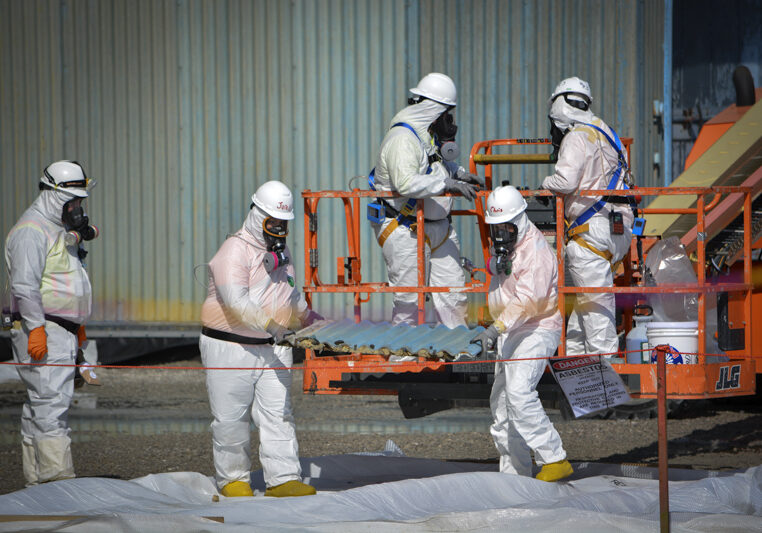
Protective Measures
From 2011 to 2020, DOE conducted a lengthy and thorough deactivation process of the X-326 to identify, characterize and remove the majority of the radiological and chemical hazards prior to demolition.
This process included more than one million Non Destructive Assay (NDA) measurements on the process piping and components to determine if levels of material would exceed the Waste Acceptance Criteria (WAC) for the On Site Waste Disposal Facility (OSWDF). If located, the contaminated items were carefully removed from the X-326 and staged for further evaluation or decontamination.
Monitoring
To ensure the air quality for workers and the public remains safe during demolition, a comprehensive network of air monitors and alarms have been put in place at Portsmouth to detect if levels of radiological or chemical particulates exceed Ohio EPA or ODH safety levels.
Real-time air monitors collect data and have alarms to provide a warning if elevated particulate or radiation levels are detected. Other monitors collect air filter samples on a daily or weekly basis for laboratory analyses to detect specific particulate contamination in the air.
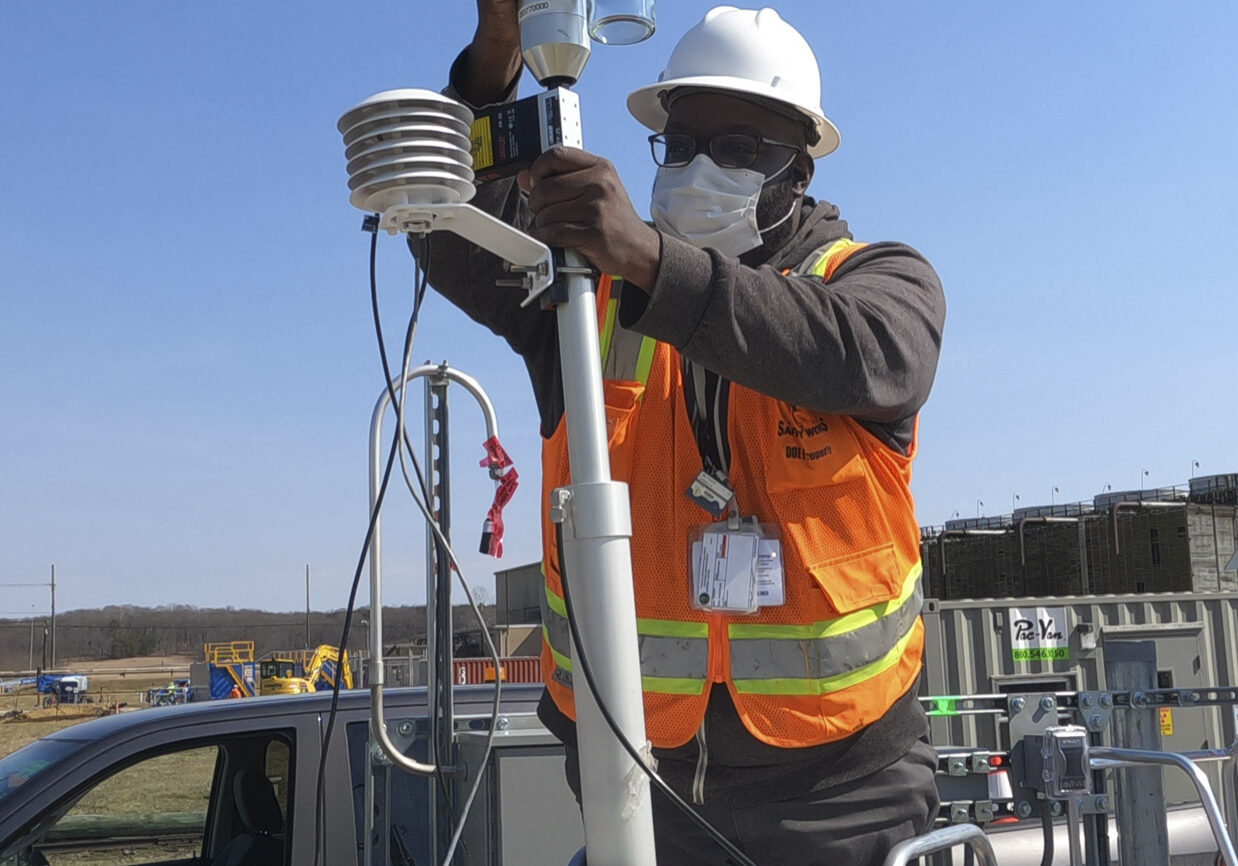
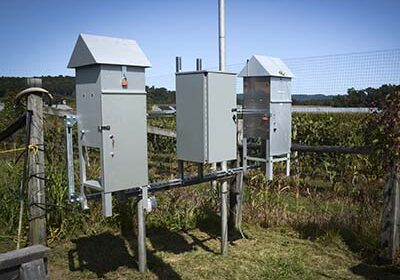
Data Collection and Verification
As part of their independent oversight of the demolition, excavation, and waste placement operations, Ohio EPA and the Ohio Department of Health have set up 23 new air monitoring stations or co-located air monitors on and around PORTS to provide verification of DOE air monitoring data.
Waste Placement
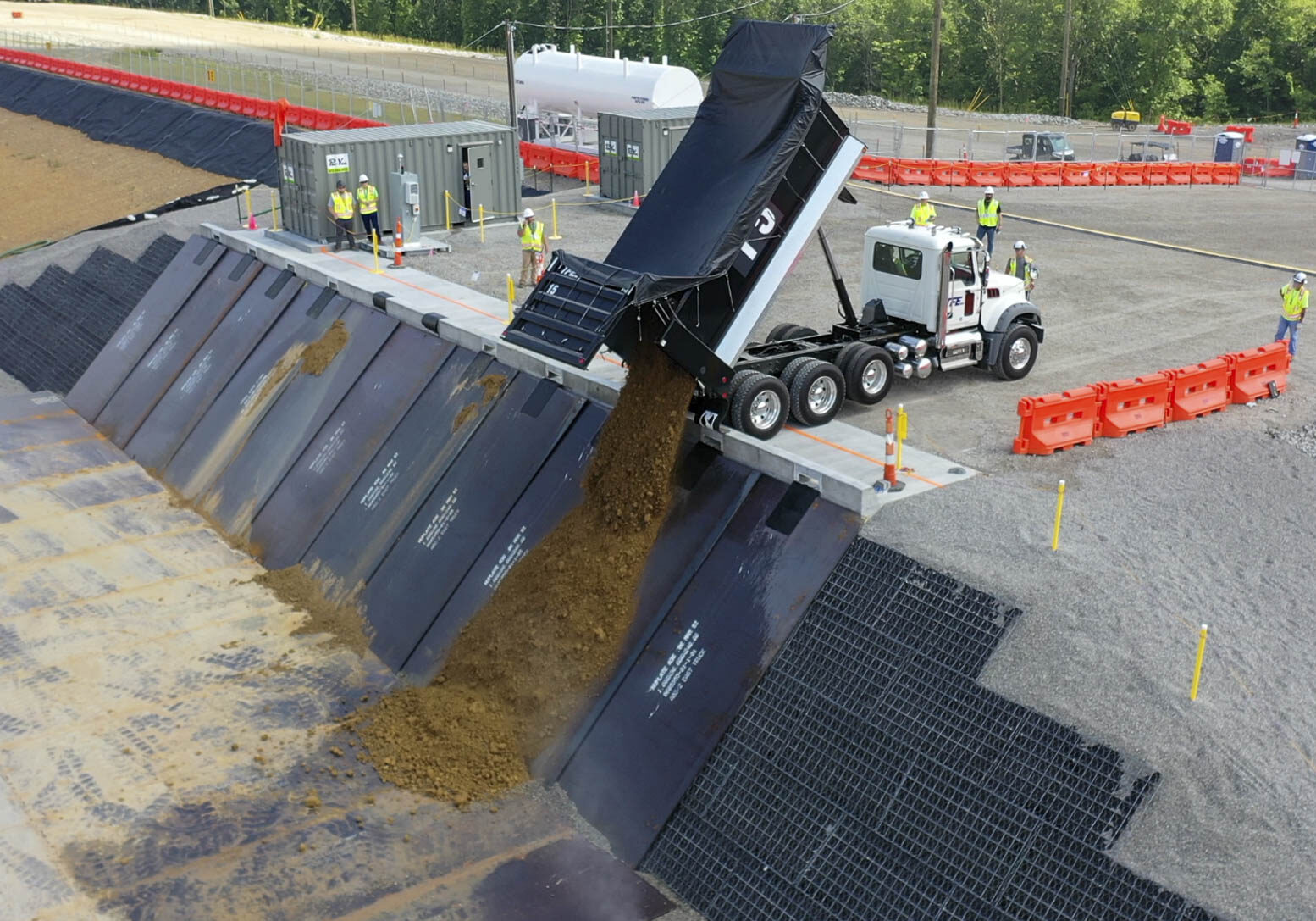
The OSWDF is a specially engineered disposal facility with a multi-layer liner and cap system on competent bedrock designed to consolidate and contain demolition debris and soil into one centralized disposal area that protects public health and the environment.
Waste Acceptance Criteria
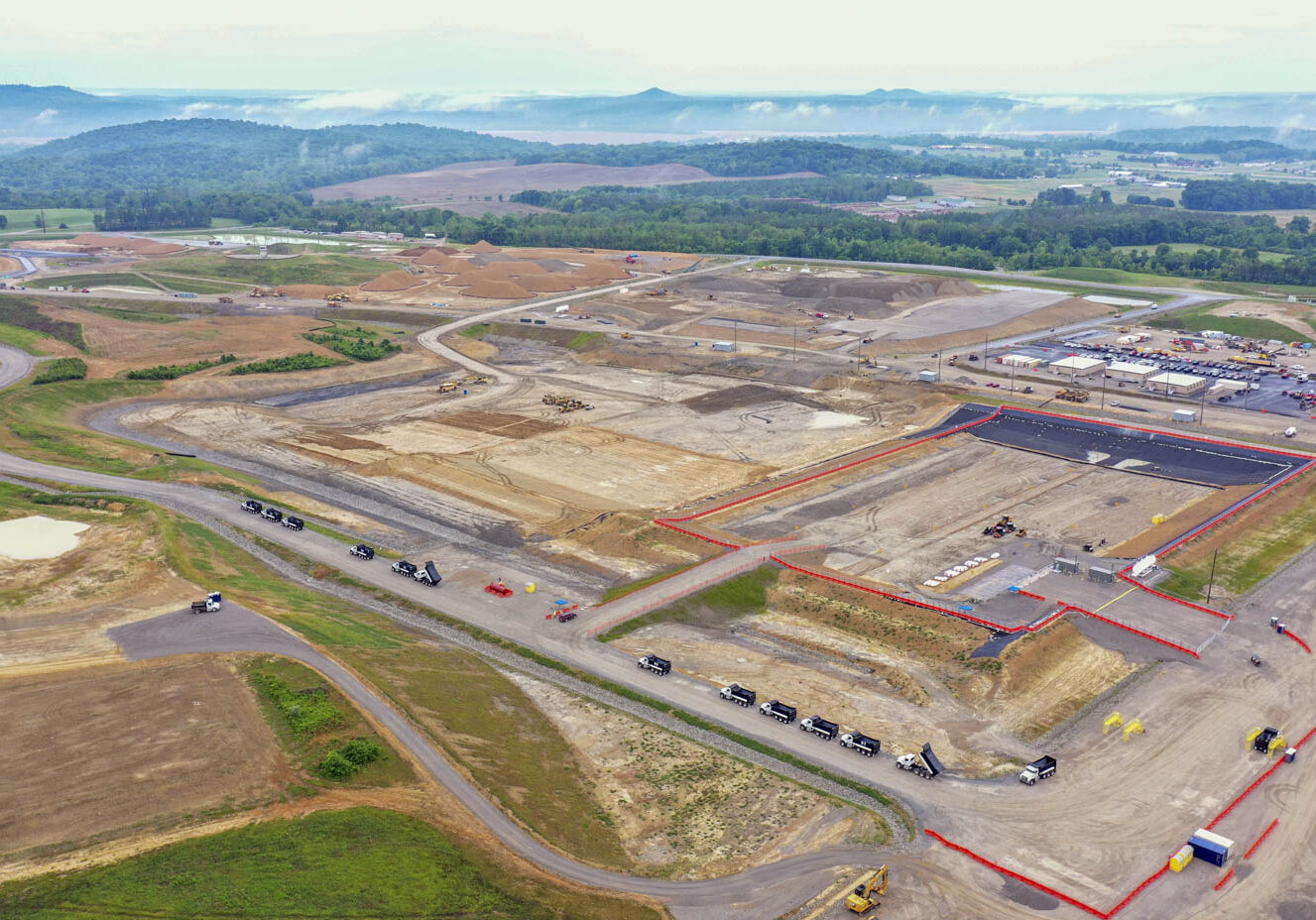
All demolition debris and waste materials must meet the strict requirements of Ohio and U.S. environmental laws before it can be placed into the On Site Waste Disposal Facility (OSWDF). This set of requirements is called the Waste Acceptance Criteria (WAC). The WAC is a strict and systematic approach for choosing the right types of waste and right disposal methods to protect the public, environment and wildlife.
